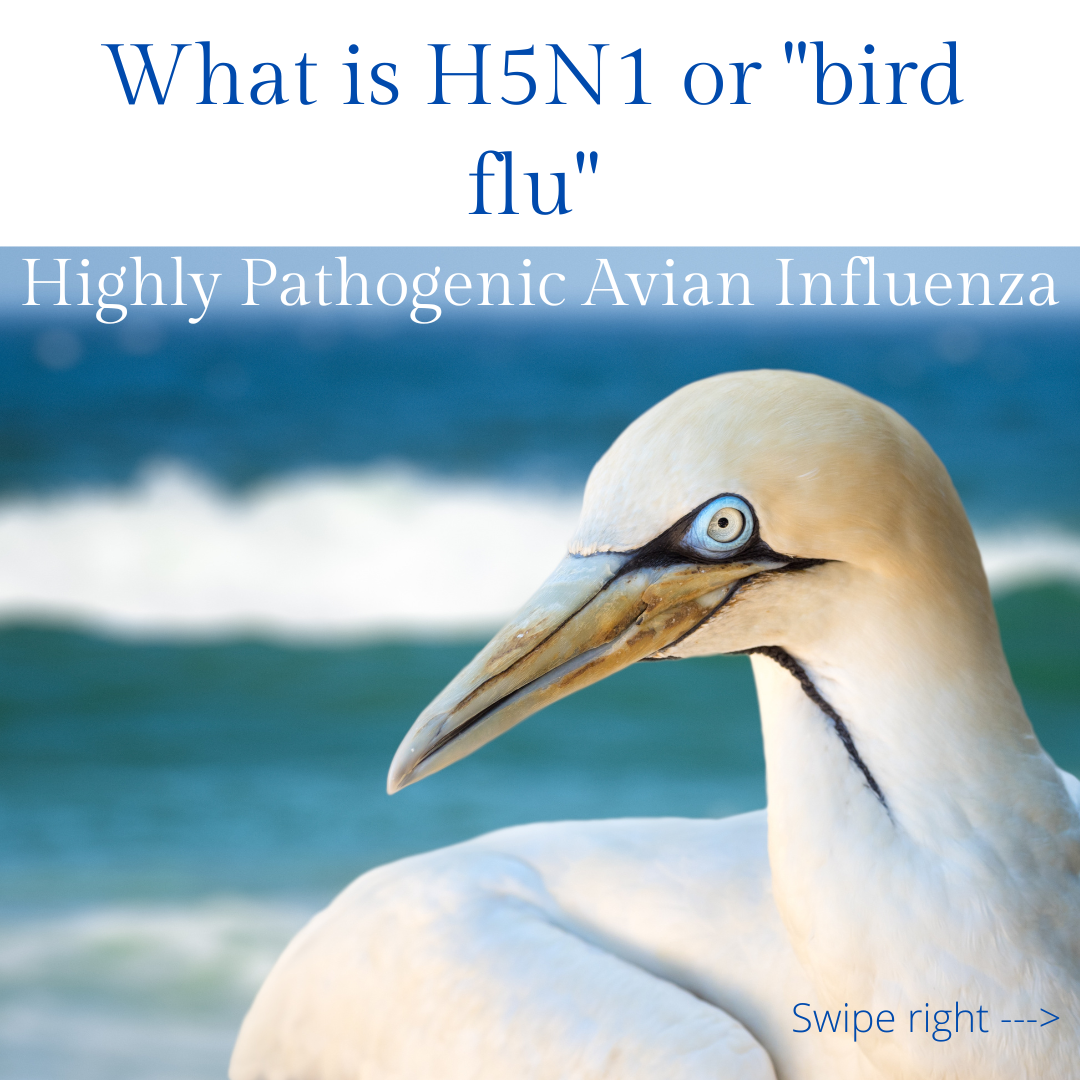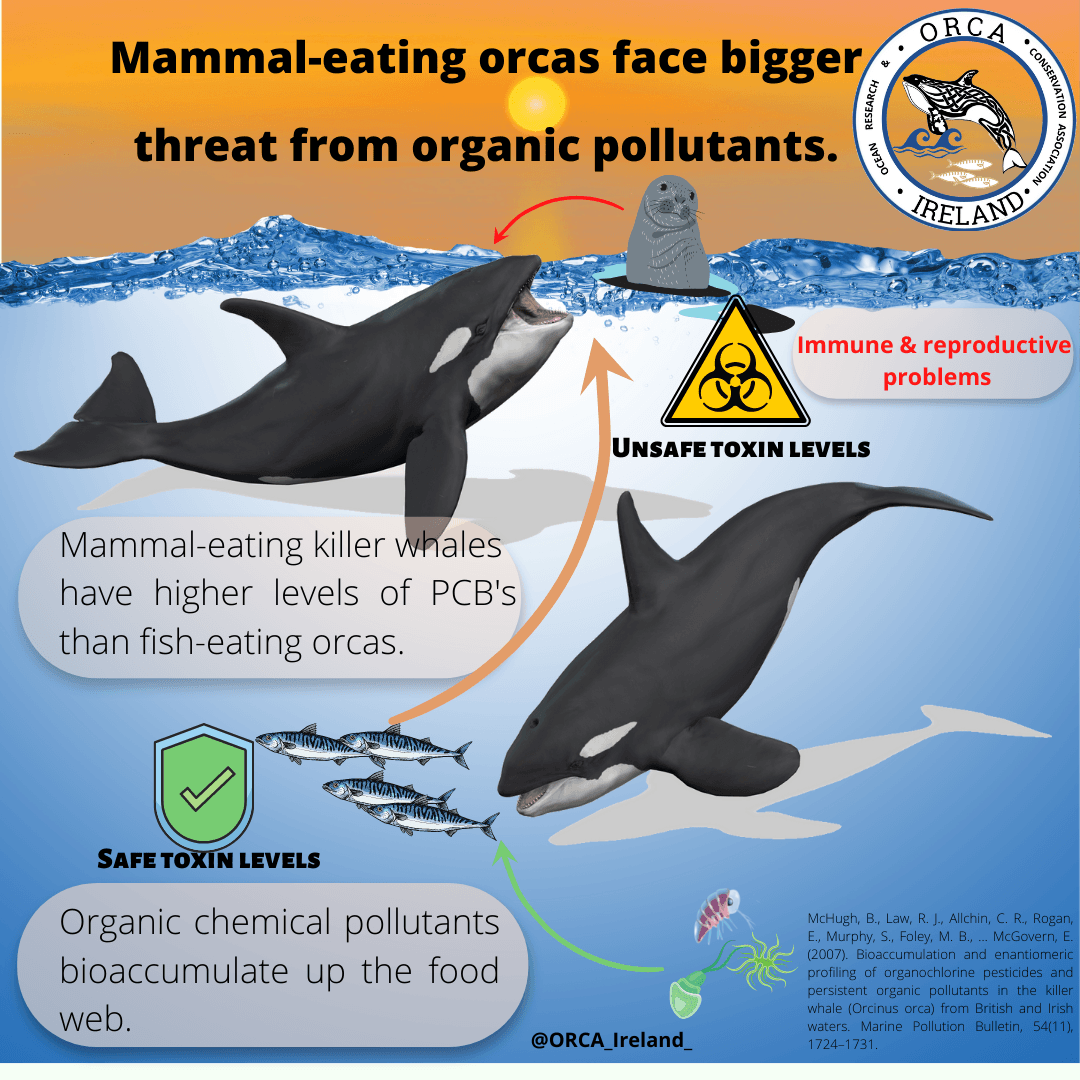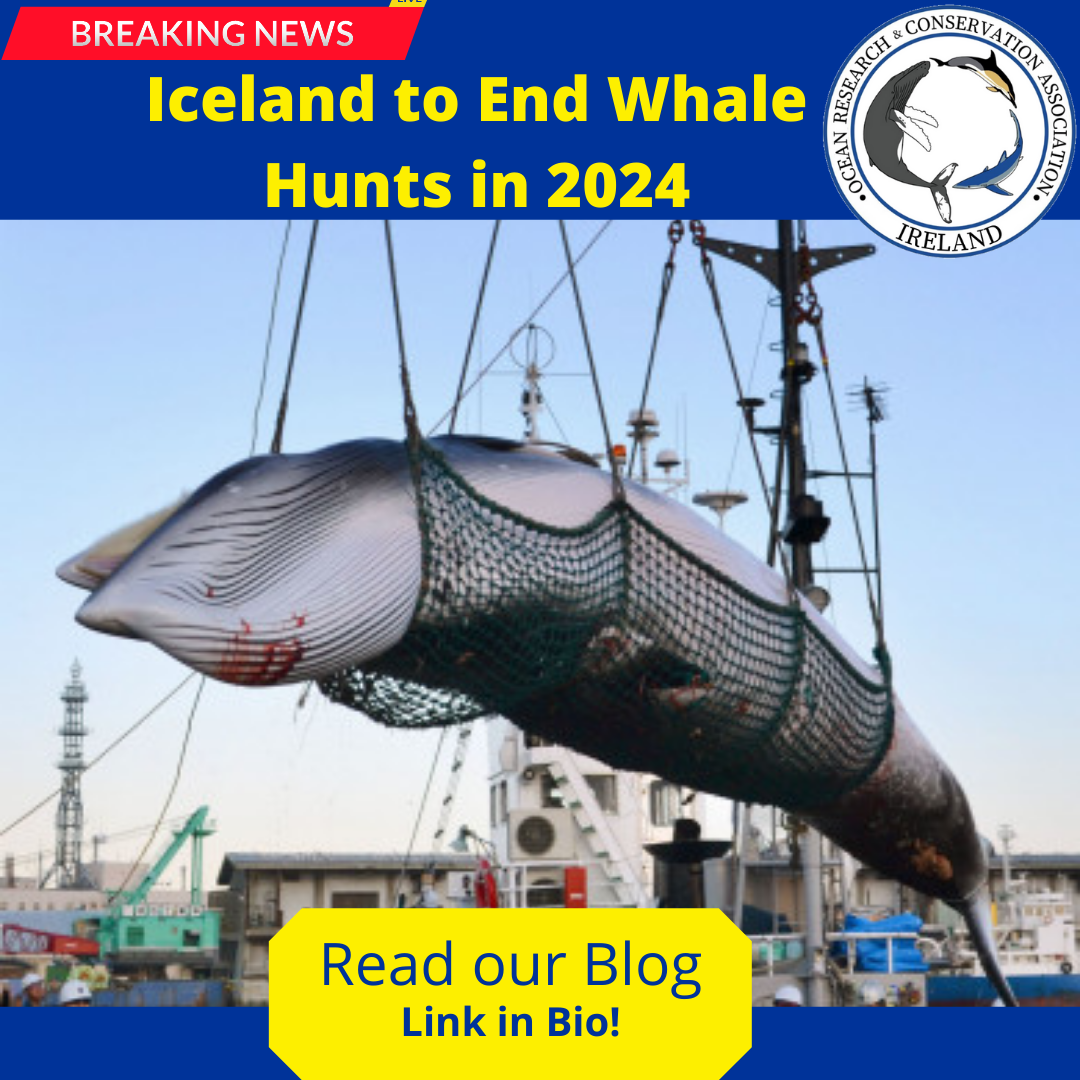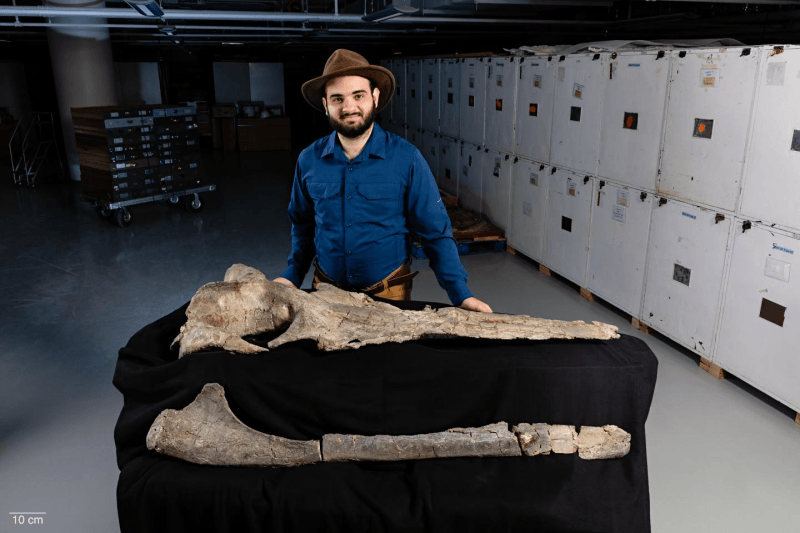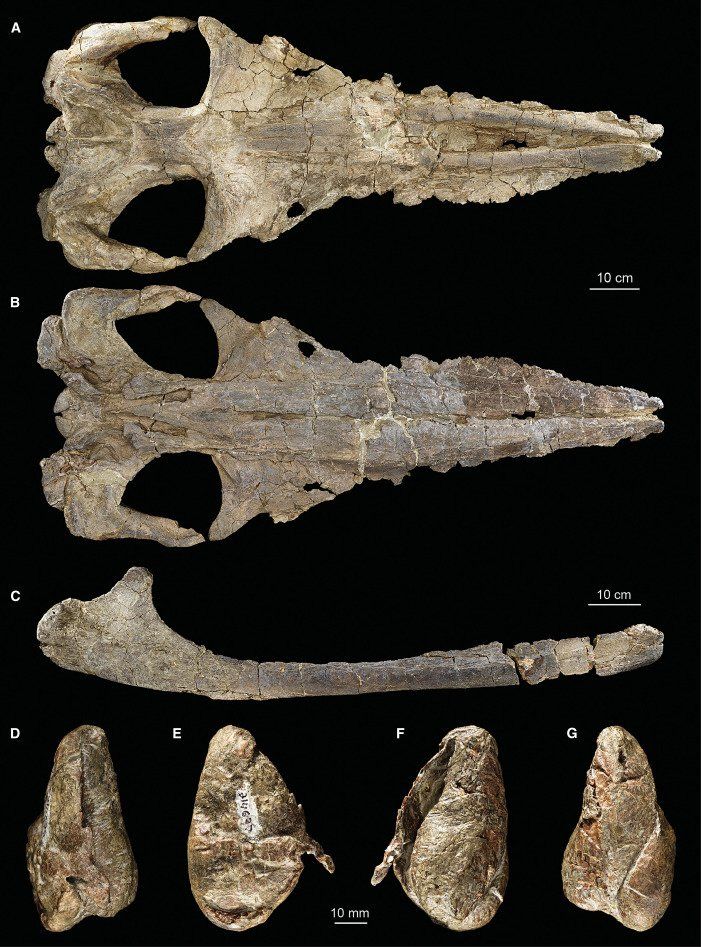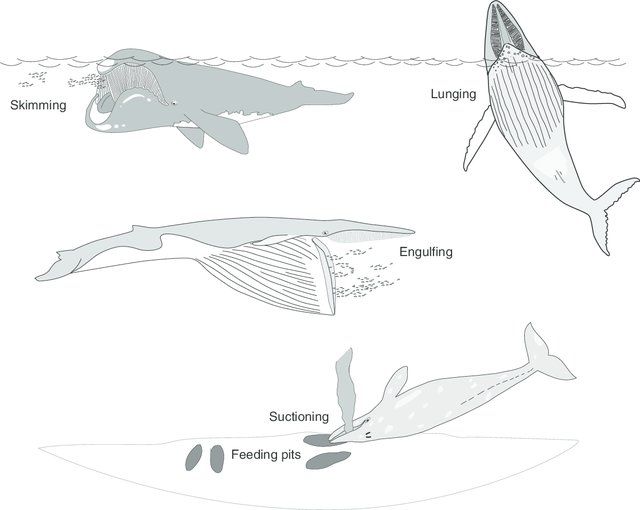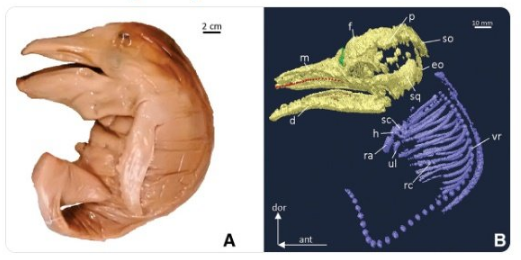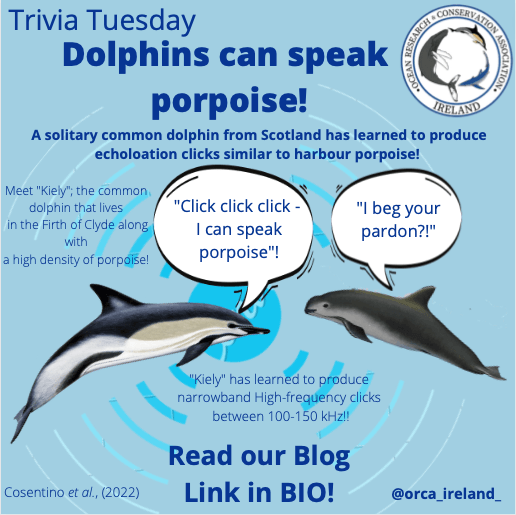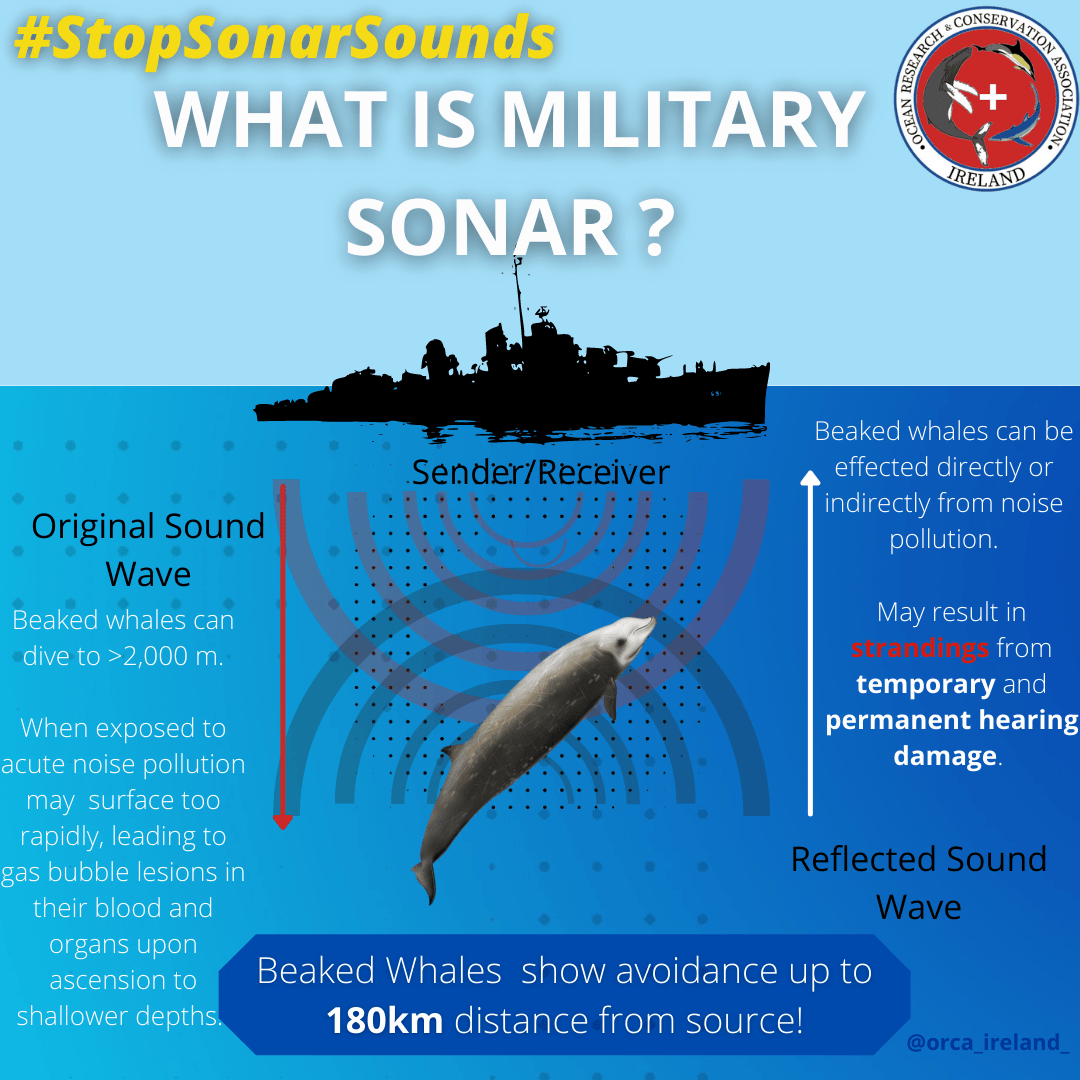Discovery of the missing link in whale evolution!
The missing link in whale evolutionary history has been found. This 33 million year old, toothless fossil is without signs of baleen and may help to explain how the whale filtration system evolved.
A new study published in Current Biology on November 29th has identified a 33 million year old whale fossil from Oregon, Malabalaena nesbittae, that American researchers are calling "the missing link" in the evolution between toothed (Odontoceti) and baleen (Mysticeti) whales.
M. nesbittae
's has been newly named after the curator of Natural History at the Burke Museum, Seattle, invertebrate and micropaleontologist, Dr. Elizabeth Nesbitt.
The genus name ( Maiabalaena
) is a combination of Maia
-, meaning mother, and - balaena
, meaning whale.
"The species name represents its position near the base of the baleen whale family tree,” said predoctoral fellow Carlos Mauricio Peredo, the lead author of the study who analyzed the Maiabalaena
fossils and postdoc fellow at the National History Museum. “The specific epithet ( nesbittae)
honors Dr. Elizabeth A. Nesbitt, for her lifetime of contribution to the paleontology of the Pacific Northwest and her mentorship and collegiality at the Burke Museum of Natural History and Culture in Seattle, Washington".
Dr. Nesbitt studies fossils throughout western North America, with her primarily focus on marine fossils, investigating, recent major extinction events of marine fauna, which occurred over 30 million years ago, the biotic communities around hydrocarbon seeps, the microbiota of Puget Sound and how implications of modern microbiota called foraminfera
are key indicators of the Sound’s health today. Public outreach is center and to her research and she has put together exhibits on everything from the Pacific Northwest’s seismic history to the imaginings of fossils brought to life.
After close analysis using the latest methods in paleobiology, CT scanning technology, which examined the whale's internal anatomy, scientists discovered something new! The 15ft. extinct whales fossilized jaw had neither teeth nor evidence of baleen, and its age placed it between the emergence of the first whales, which had teeth, and the evolution of the keratin-base sieve that baleen whales use to filter their food. Baleen whales therefore, likely arose after their ancestors passed through a toothless intermediate stage.
While Maiabalaena would not have been able to chew prey or to filter feed, it had muscle attachments on the bones of its throat that indicate it likely had strong cheeks and a large retractable tongue. These characteristics provided the whale with a means to suck water into its mouth, engulfing fish and small squid in the process. Suction feeding is thought to have led to the evolution of teeth, whose development requires a lot of energy to grow. The loss of teeth, estimated about 5 to 7 million years after, appears to have set the evolutionary stage for the evolution of baleen.
The fossil which was first discovered in the 1970's comes from a period of massive geological change during the second major phase of whale evolution, around the time the Eocene epoch was transitioning to the Oligocene . During this period, continents shifted and separated and ocean currents circulated Antarctica for the first time, significantly cooling the waters of the South Pole. The fossil record suggests that whales’ various feeding mechanisms diverged rapidly, with one group leading to today’s filter-feeding cetaceans and the other leading to toothed cetaceans.
According to Dr. Nicholas Pyenson , the curator of fossilized marine mammals at the Smithsonian National Museum of Natural History. “Textbooks on whale evolution tend to focus on th early stages, when whales went from land to sea, but Maiabalaena shows that the second phase of whale evolution is just as important for evolution over big scales. For the first time, we can now pin down the origin of filter-feeding, which is one of the major innovations in whale history.”
Whales are the only species on earth and the first mammals to have evolved an anatomical structure in any way similar to baleen to consume it's prey, baleen however, due to its chemical composition like that of hair or fingernails rather than bone, it is difficult to preserve and study. Baleen is rarely found in the fossil record, not leaving a trace of direct evidence of the species past origins.
To overcome these challenges, scientists have has to rely on inferences from fossilized bone and analysis of fetal-whale development in the womb to piece together the puzzle of how baleen whale feeding structures evolved. Read more on whale fetal development here: https://www.orcireland.ie/baleen-whales-lose-teeth-germs-in-the-womb-as-they-develop1
As baleen plates from fossils are not easily preserved for later analysis, it is unknown as to whether, as whales evolved, early baleen whales retained the teeth of their ancestors until a filter-feeding system had been established. At first, an early assumption was that ocean-dwelling mammals must have needed teeth or baleen to eat—but several living whales contradict that idea. Sperm whales ( Physeter macrocephalus ), for example, have teeth in their bottom jaw, but not on the top jaw, so they cannot bite or chew. Narwhals’ ( Monodon monoceros) only teeth are their long tusks, which are only found in males it was thought that they did not use their tusk in feeding, until recent drone footage revealed them using it to stun fish. Read more here: https://www.orcireland.ie/post-title.
References
:
Berta, Annalisa & Lanzetti, Agnese & Ekdale, Eric & A. Deméré, Thomas. (2016). From Teeth to Baleen and Raptorial to Bulk Filter Feeding in Mysticete Cetaceans: The Role of Paleontological, Genetic, and Geochemical Data in Feeding Evolution and Ecology. Integrative and Comparative Biology. 56. 1271-1284. 10.1093/icb/icw128.
Lanzetti, A., Berta, A., Ekdale, E.G., (2018). Prenatal Development of the Humpback Whale: Growth Rate, Tooth Loss and Skull Shape Changes in an Evolutionary Framework. The Anatomical Record Advances in Integrative Anatomy and Evolutionary Biology. https://doi.org/10.1002/ar.23990.
Peredo, C.M., Pyenson, N.D., Marshall, C.D., Uhen, M.D., (2018). Tooth Loss Precedes the Origin of Baleen in Whales. Current Biology, 10.1016/j.cub.2018.10.047 .
SHARE THIS ARTICLE
